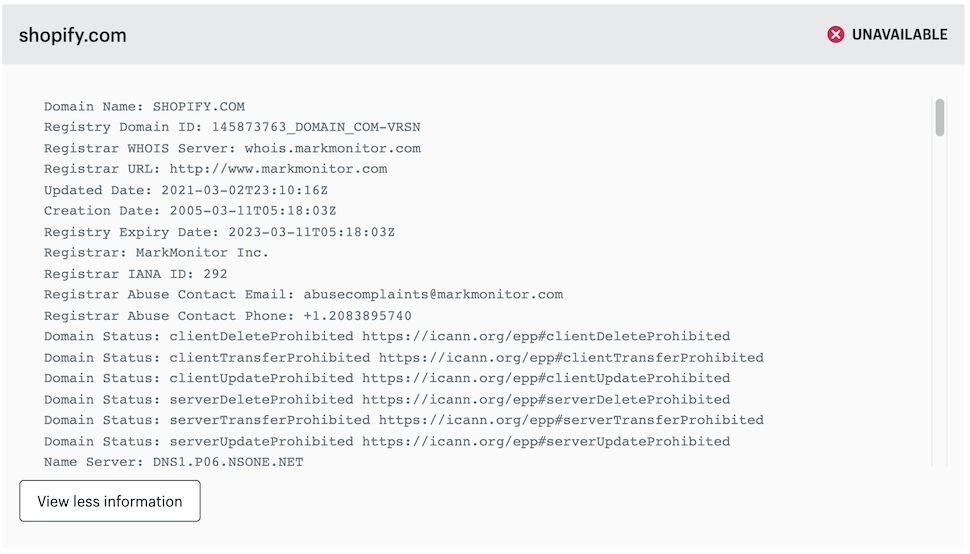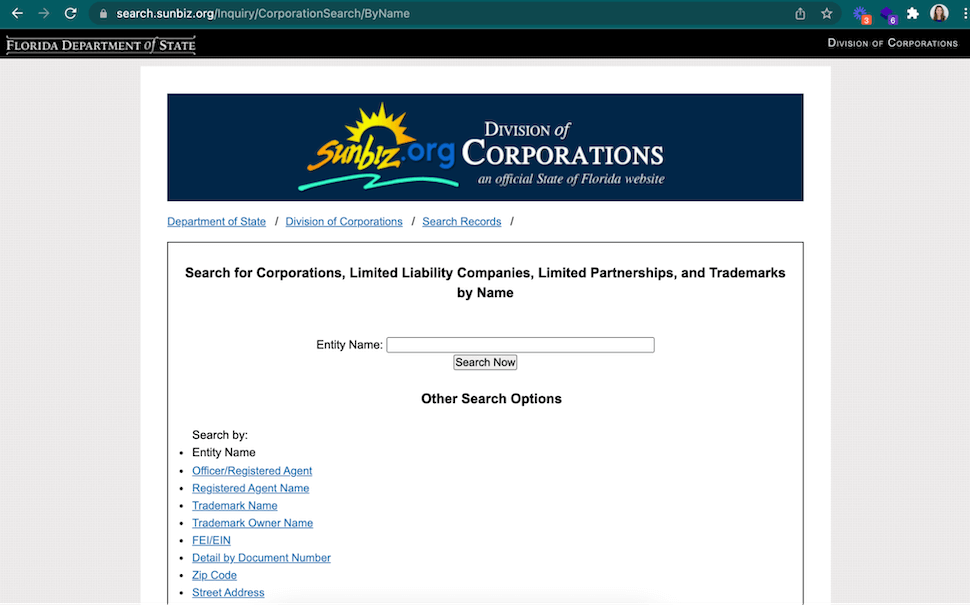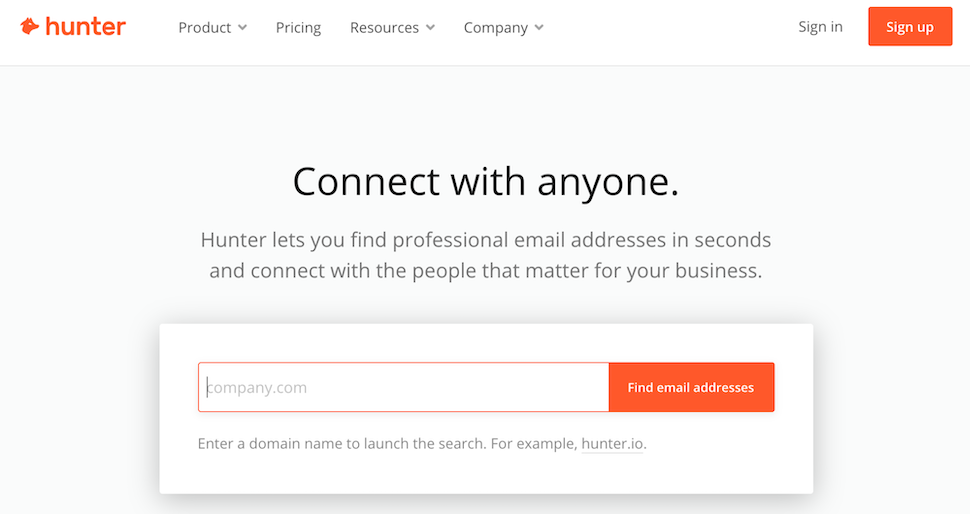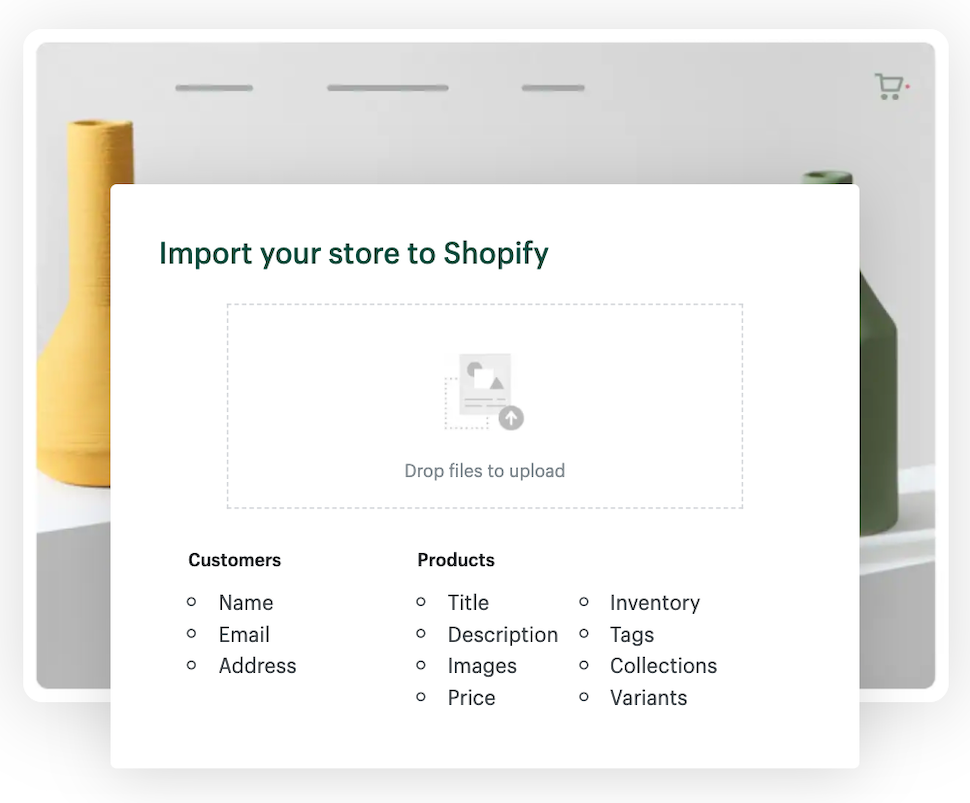How to Find Out Who Owns a Domain Name
 There’s a lot of pressure when it comes to naming your online store. Though the process of choosing a name for your business can be fun and spark your creativity, it can also be daunting and arduous—especially if all your ideas seem to be taken. You might find the business name you want is available but someone else has already claimed the corresponding domain name.
There’s a lot of pressure when it comes to naming your online store. Though the process of choosing a name for your business can be fun and spark your creativity, it can also be daunting and arduous—especially if all your ideas seem to be taken. You might find the business name you want is available but someone else has already claimed the corresponding domain name.
Find your perfect domain name
Search for domain name ideas and instantly check domain availability.
Learn moreTable of contents
How to find out who owns a domain
You can search the WHOIS database to find key information about a domain. Simply enter the URL for the domain name in question here:

Click the green Search button to find out information about the domain and who owns it. First, WHOIS will show basic information, like the domain name, ID, domain registrar server and URL, and creation date. You can see below that shopify.com was created on March 11, 2003, and is currently registered with MarkMonitor.

You can also click View more information to expand the window and see more data about the domain name.


Now, you might notice that this information doesn’t exactly take you directly to the domain owner. In fact, the domain name service acts as a go-between, essentially protecting the domain owner’s identity. That means you’ll need to do some extra research and sleuthing to find out who really owns the domain.
If the domain owner’s identity is hidden, look up information about the company that owns the domain. You might find a Contact Us or About Us page that talks about the company’s leadership, founders, owners, etc.
You can also find out where the company is registered and seek out databases that list information about registered companies. Look for the secretary of state or department of revenue websites for the corresponding location. For a Florida-registered business, for example, you can look up business ownership by company name, employer identification number, address, or even registered agent name.

What to do when you find out who owns a domain
Once you know who owns the domain, you likely want to find out how to reach them and potentially negotiate a deal to transfer domain ownership.
Contact the domain owner
First things first—you need to reach out to the domain owner. You might find their contact information using the steps listed above, often in the form of a physical mailing address. But if you want to reach out in a different way, there are some steps you can take to find the appropriate contact.
The best place to start is with a Google search. Simply enter the person’s name on Google to see what comes up. You might also search “[name] email address” or “[name] contact information.” If that doesn’t yield any results, check out databases like Hunter.

Once you get in touch with the domain owner, be prepared to negotiate a deal for the domain. Have a number in mind and be prepared to hear a counter offer. When preparing your number, consider the domain authority, or how much search equity the existing site has. If it’s clearly out of date and doesn’t show up high in search result pages, you can offer a lower number. But for updated sites with a robust digital presence across multiple channels, you’ll likely have to start higher.
Migrate your site to the new domain
Once you’ve secured ownership of the domain in question, you’ll want to migrate your existing site to that domain name. (You can skip this step altogether if you’re starting a website from scratch.)
If you build your website on a platform like Shopify, you can migrate to or from pretty much any online site builder. There are several options for migrating a site to Shopify, each being a relatively simple process.

Learn more: Get the features you need to grow your business—and the support to switch smoothly with Shopify website migration.
Come up with new ideas for your domain name
If your negotiations don’t bode well and you can’t secure ownership for the domain name, you’ll have to brainstorm some new ideas. Try these tips to help you choose a domain name without having to completely start from scratch:
- Opt for a different top-level domain (TLD). Many websites use a .com TLD, but you can also see if your domain name is available at a .co, .org, .shop, .biz, or other TLD.
- Add a word to your domain name. Words like “shop” and “buy” make excellent additions to your domain name. If shoes.com isn’t available, for example, you could do shopshoes.com or buyshoes.com.
- Get help from a domain name generator. Get ideas from Shopify’s free domain name generator. Plug in your ideas and keywords and you’ll get popular and alternative domain names to use for your business.
Find your perfect domain name
Search for domain name ideas and instantly check domain availability.
Learn moreSet up your domain with Shopify
When you register your domain with Shopify, you get automatic access to Shopify’s full suite of business tools to help you manage everything from your domain to inventory management and shipping and fulfillment.